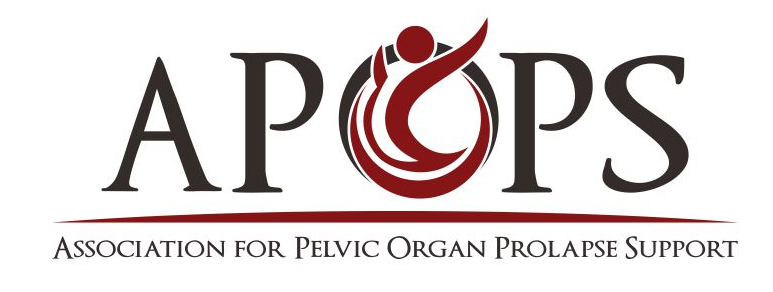April will be the 6th anniversary of my journey to raise awareness of pelvic organ prolapse with the release of my book, Pelvic Organ Prolapse: The Silent Epidemic. Until I was diagnosed with pelvic organ prolapse, I was perfectly satisfied with the world I lived in, the typical work/play dynamic that the bulk of society conforms to. I was truly clueless what the years to come would bring. Like most women experiencing pelvic organ prolapse, my backdrop was “discovery upon diagnosis”.
I knew within two weeks of my POP diagnosis that I had to do something to generate change. The numbers I uncovered when trying to find information about POP were staggering. More unsettling, despite POP being a common women’s health condition, no one talked about it out loud. Women were not screened for POP. I just couldn’t get past these concerns. When I set out to write about POP to share what I had learned with other women, I had no clue how to write a book, much less how to find a publisher or engage in book marketing. But somehow I found the answers I needed to move forward, and the puzzle pieces fell into place.
When the "light bulb" came on during the early days of book marketing that I should found a nonprofit to provide support and guidance tools for women navigating POP, the extent of my experience in the nonprofit sector was coaching Special Olympics basketball. Hardly the experience needed to found a women’s health organization. I had no knowledge of nonprofit corporate structure, management, or engagement. But somehow I found the answers I needed to move forward, and the puzzle pieces fell into place.
As my journey evolved, I recognized that it would be imperative to weave together the extremely segregated layers of those engaged in the POP arena. Women navigating the condition of course. Clinicians providing diagnosis and treatment. Industry providing tooling. Research exploring causes, treatments, and quality of life measures. I had no idea how long it would take to convince the white coat community to listen to the voice of a woman with no medical credentials. But somehow I found the answers I needed to move forward, and the puzzle pieces fell into place.
Below is the original letter I wrote and posted to the APOPS website at the beginning of this journey to let the women we serve know that together as a unified army, we will generate change. I feel the same today as I did the day APOPS was born. I couldn’t be more humbled by the voices of the women we serve; their input tells us everything we need to know about aspects of POP impact. Your voices grow stronger every day. And somehow we will continue to find the answers we need to move forward, and the puzzle pieces will fall into place.
Association for Pelvic Organ Prolapse Support
Letter From Our Founder
September 8, 2010
From the beginning of this journey, I knew I wanted to connect with women on a deeper level about the impact POP has on all of our lives. Those of us who have already been diagnosed and treated for POP understand the distress women who are newly diagnosed are going through. In the beginning it can be frustrating to dissect the information available; is the data we have access to accurate, which information applies to us personally, are treatments or surgery the best path. It takes a bit of time to figure out the right course to take.
My vision for APOPS is simple-women who are a bit further down the path of POP awareness connecting with women who are newly diagnosed. Together we will find the information that will assist our paths. Together we will guide, support, and nurture. Together we will shift the awareness curve by passing the information we gain on to the younger generation.
I have no doubt that with the strength and determination women bring to the table, we will change the mindset of the world at large regarding pelvic organ prolapse from a common female health concern that gets little acknowledgement to a widely recognized condition that is addressed in terms of prevention, early recognition for less aggressive treatment, and maintenance for continuing quality of life. With your help, we can change the world.
My continuing gratitude to you all!
Sher



